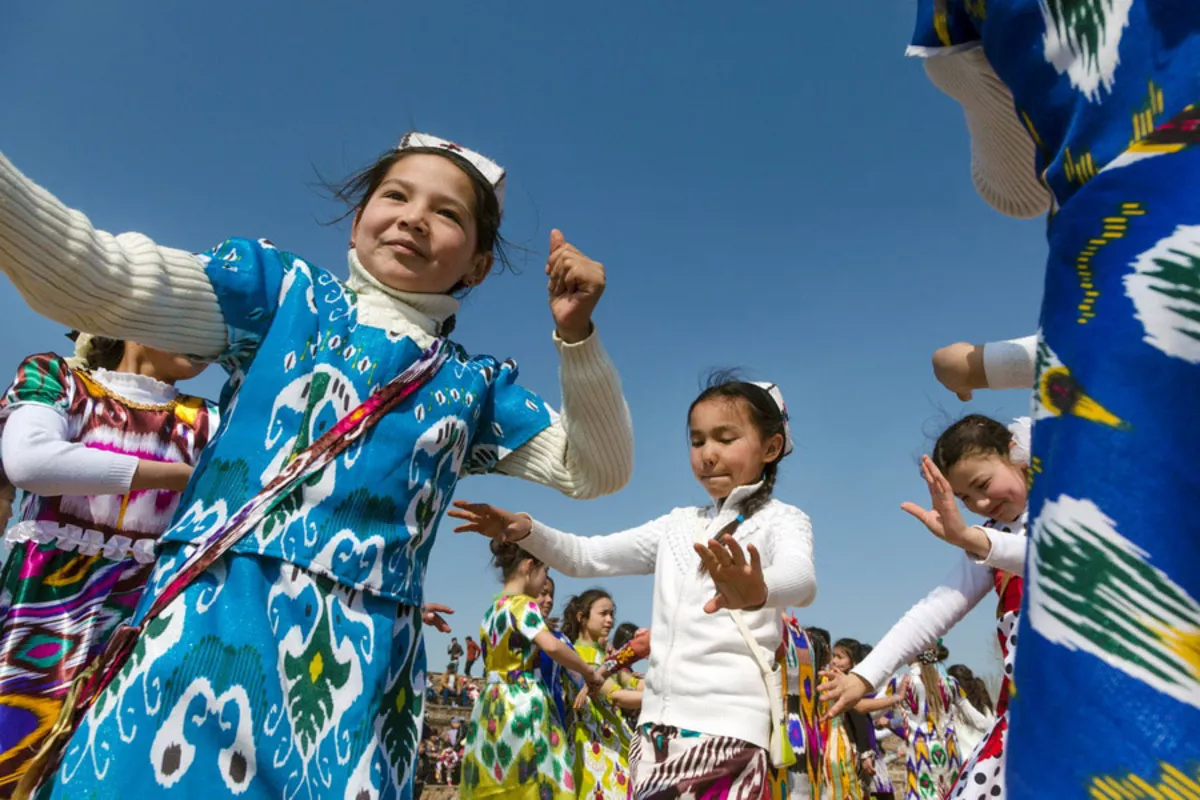
photo: Advantour
Despite high levels of labor migration, Tajikistan’s population continues growing rapidly.
This growth is driven by the highest fertility rate in Central Asia and a predominantly young demographic, according to the United Nations Population Fund's (UNFPA) report, The Caspian Post reports, citing Tajik media.
Top Fertility Rate in the Region
Tajikistan leads the region with an average fertility rate of 3.3 children per woman between 2021 and 2025-among the highest globally. In comparison, the fertility rate is 2.9 in Kyrgyzstan, 2.7 in Uzbekistan, 2.6 in Turkmenistan, and 2.8 in Kazakhstan, which has already seen a downward trend.
The global average stands at 2.3 children per woman, with most developed nations falling below the 2.1 replacement level. The UN attributes Tajikistan’s persistently high birth rate to a combination of cultural norms and ongoing demographic trends.
A Young Nation with Growing Pressures
With over 30 per cent of its population under the age of 15, Tajikistan ranks among the youngest nations worldwide. This youth bulge is placing mounting pressure on the country’s already stretched public services, including education, healthcare, and employment.
While similar demographic patterns exist across Central Asia, Tajikistan and Kyrgyzstan are facing the most urgent needs for expanded infrastructure and public services, the UN warns.
Migration Outflows Continue
Despite the booming population, Tajikistan is expected to lose a net 312,000 people to outward migration between 2020 and 2025. While this figure is projected to decline slightly to 280,000 by 2045-2050, the country remains a major source of labor migrants, with Russia, Türkiye, the Gulf states, and South Korea among the top destinations.
In contrast, Kazakhstan is forecast to maintain net positive migration, benefiting from its relative economic stability and attractiveness to regional job seekers.
Gender Inequality Undermines Progress
The report also draws attention to persistent gender inequality in Tajikistan. Early marriage remains common among girls, curtailing their access to education and reducing participation in the formal economy. Many women, particularly in rural areas, work in the informal sector without social protections or healthcare benefits.
A lack of access to information and essential services continues to leave women and girls vulnerable to poverty and exclusion, the report notes.
Urgent Need for Policy Intervention
The UN urges the Tajik government to act swiftly to harness the potential of its young population. Without targeted investments in education, job creation, healthcare, and gender equality, the so-called “demographic dividend” could become a socio-economic liability.
“To transform demographic trends into sustainable development,” the report concludes, “Tajikistan must focus on empowering its youth, supporting women, and building inclusive systems that ensure opportunity and resilience for future generations.”
Share on social media